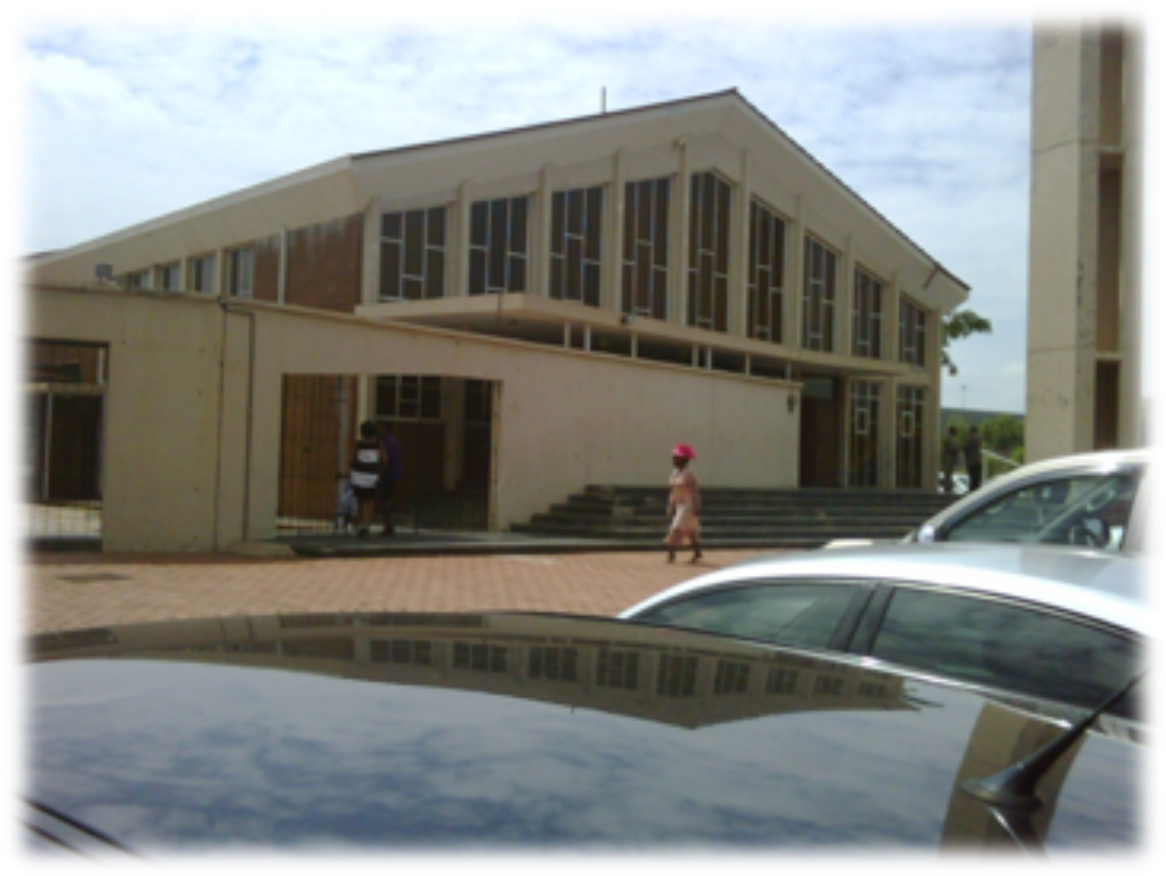Church History
The Seventh-day Adventist Church formed out of the movement known today as the Millerites. In 1831, a Baptist convert, William Miller, was asked by a Baptist to preach in their church and began to preach that the Second Advent of Jesus would occur somewhere between March 1843 and March 1844, based on his interpretation of Daniel 8:14. A following gathered around Miller that included many from the Baptist, Methodist, Presbyterian and Christian Connection churches. In the summer of 1844, some of Miller’s followers promoted the date of October 22. They linked the cleansing of the sanctuary of Daniel 8:14 with the Jewish Day of Atonement, believed to be October 22 that year.

By 1844, over 100,000 people were anticipating what Miller had called the “Blessed Hope”. On October 22 many of the believers were up late into the night watching, waiting for Christ to return and found themselves bitterly disappointed when both sunset and midnight passed with their expectations unfulfilled. This event later became known as the Great Disappointment. After the disappointment of October 22 many of Miller’s followers were left upset and disillusioned. Most ceased to believe in the imminent return of Jesus. Some believed the date was incorrect. A few believed that the date was right but the event expected was wrong. This latter group developed into the Seventh-day Adventist Church. One of the Adventists, Hiram Edson (1806–1882) wrote “Our fondest hopes and expectations were blasted, and such a spirit of weeping came over us as I never experienced before.
On the morning of October 23, Edson, who lived in Port Gibson, New York was passing through the grain field with a friend. He later recounted his experience:
“We started, and while passing through a large field I was stopped about midway of the field. Heaven seemed opened to my view, and I saw distinctly and clearly that instead of our High Priest coming out of the Most Holy of the heavenly sanctuary to come to this earth on the tenth day of the seventh month, at the end of the 2300 days [calculated to be October 22, 1844], He for the first time entered on that day the second apartment of that sanctuary; and that He had a work to perform in the Most Holy before coming to the earth.”
Edson shared his experience with many of the local Adventists who were greatly encouraged by his account. As a result, he began studying the bible with two of the other believers in the area, O.R.L. Crosier and Franklin B. Hahn, who published their findings in a paper called Day-Dawn. This paper explored the biblical parable of the Ten Virgins and attempted to explain why the bridegroom had tarried. The article also explored the concept of the day of atonement and what the authors called “our chronology of events”.
The findings published by Crosier, Hahn and Edson led to a new understanding about the sanctuary in heaven. Their paper explained how there was a sanctuary in heaven, that Christ, the High Priest, was to cleanse. The believers understood this cleansing to be what the 2300 days in Daniel was referring to.
In 1860, the fledgling movement finally settled on the name, Seventh-day Adventist, representative of the church’s distinguishing beliefs. Three years later, on May 21, 1863, the General Conference of Seventh-day Adventists was formed and the movement became an official organization.

Early Lyttelton Church
Lyttelton Church was established in March 2002 as a branch from Sunnyside. The first pastor of the church of was Pastor Fourie and the first Elder was Elder S W Chibaka. Early Families included The Sampsons, the Kamwendos,Mushukus,Bothas,Kabambes and the Munros.
